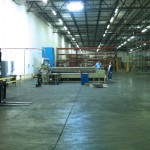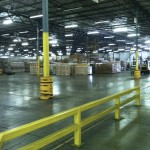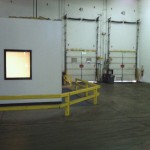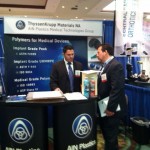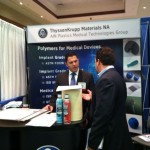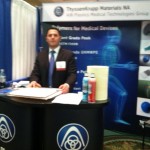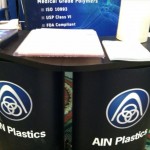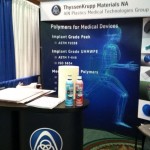Have you set down with a plastics sales person only to find your sales rep hits
you with question after question about your application? Why is that?
Good sales people will ask probing questions about what you need, but in our busy days this may sometimes seem annoying or even invasive to a customer. If you’ve ever wondered “why is this sales person all up in my business, I just need some plastic,” rest assured there is often a valid reason for all those questions, not just nosiness on the part of your sales rep.
Some terms are standard to a market or industry; others may be subjective or open to interpretation. Just like a game of catch phrase two people may describe the same thing but in a different way. In this series of blog posts I’m going to address some frequent questions and terms; not as a vocabulary lesson but rather a basic overview as a communication tool to help when talking to a plastics sales representative.

The plastics triangle gives an overview of the basic types of plastics. For more about plastic types click here.
Plastics may often look and feel alike, but, in reality, there are nearly as many different varieties and formulations of plastics as there are uses of them. A benefit of purchasing from a distributor is that they stock hundreds of types of plastics from numerous manufactures in their facilities so one of the things a sales rep can do is to help customers pin point which plastic it is they really need.
Question and Answer is the simplest form of two-way communication.
One of the best ways to identify the material a user needs is by asking questions, in particular regarding the application. Often this will narrow down the possibilities tremendously. The material request that probably makes anyone in the polymer/plastics business cringe most is- “You know it’s plastic, just the regular kind.” By inquiring as to the intended use of the item (application) a competent sales person can at least direct the customer to a category of materials from which to choose.
Questions that help select the right plastic material…
What is the intended use of this plastic material?
Is the application Static or Dynamic?
Is the application Structural or Wear?
These are all snazzy terms used to define if an item is going to be stationary/immobile or if it will be moving. The answer to this question will likely lead toward one of two classifications of thermoplastics; Amorphous or Crystalline. Looking at structural vs. wear means looking at the stress or friction a part might be under when its in use.
Friction is the resistance that one surface encounters when moving along another surface. A part that does not move, may still come into contact with one that does (mating parts or rollers are good examples). The friction may cause wear and it can also be a source of increased heat.
A particular set of properties might be more or less crucial to a given application, we do not engineer said applications but rather give you the best tools and guidance to do so!
Lin Poulin
Telemarketing Manager
ThyssenKrupp Materials NA
AIN Plastics Division
Citations for this blog post:
American Chemistry Council. Professor Plastic: How Many Type of Plastics are There? Post 2012/01/ Quadrant Engineering Plastic Products. Design and Fabrication Reference Guide
Ensinger. Ensinger essentials, Technical know-how for plastic applications
International Association of Plastic Distributors. IAPD, Introduction to Plastics, a Training Manual










